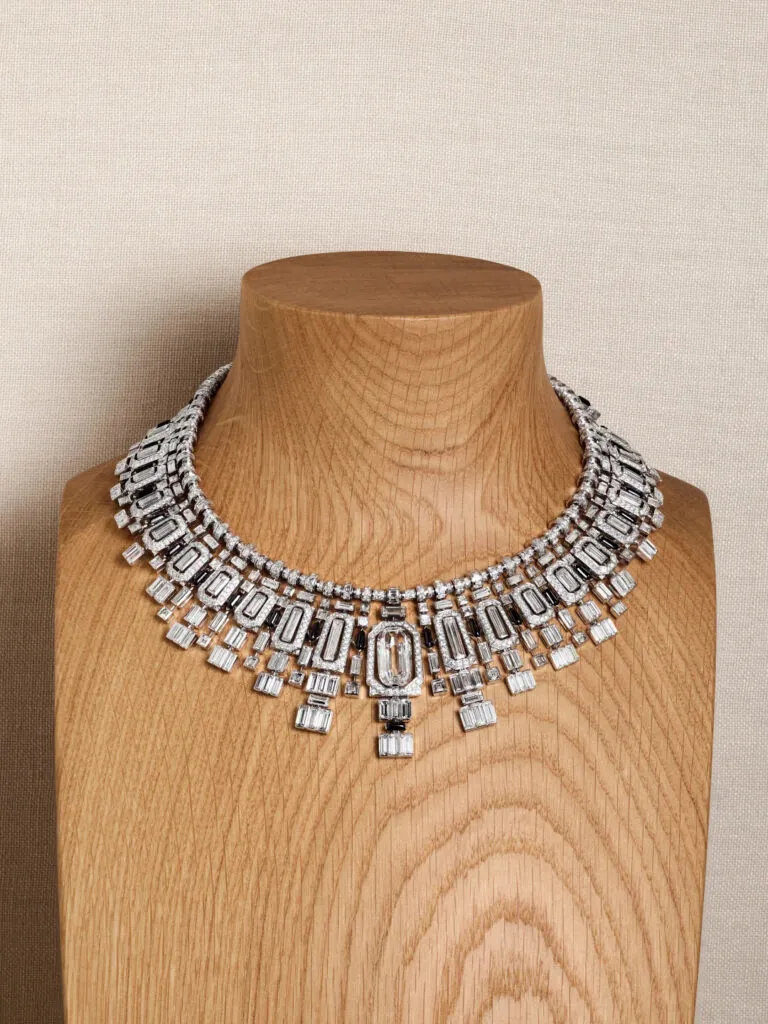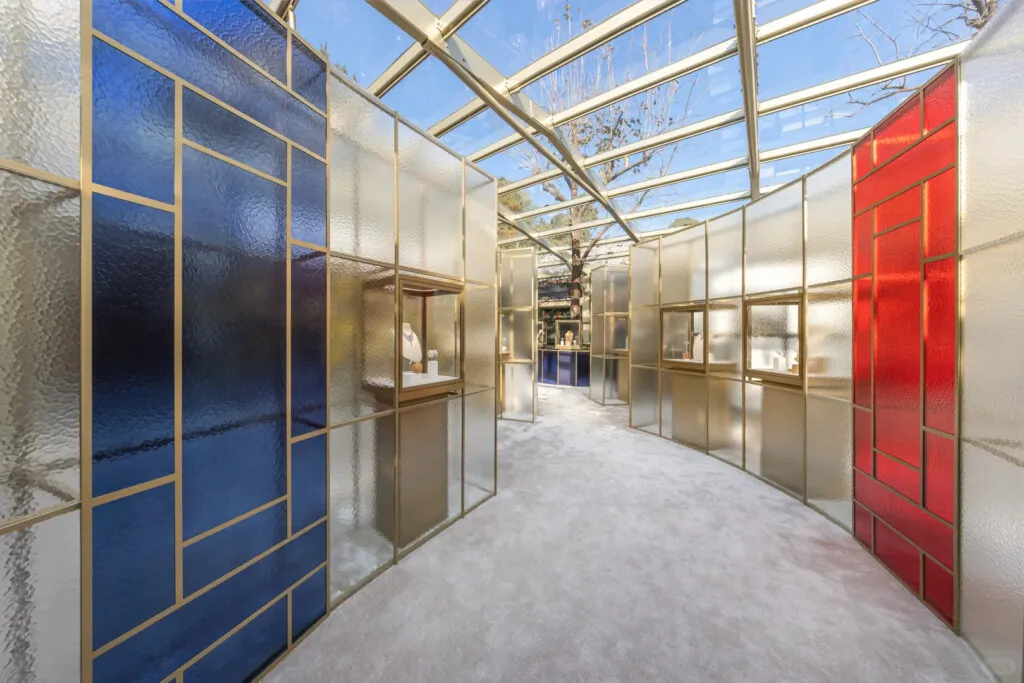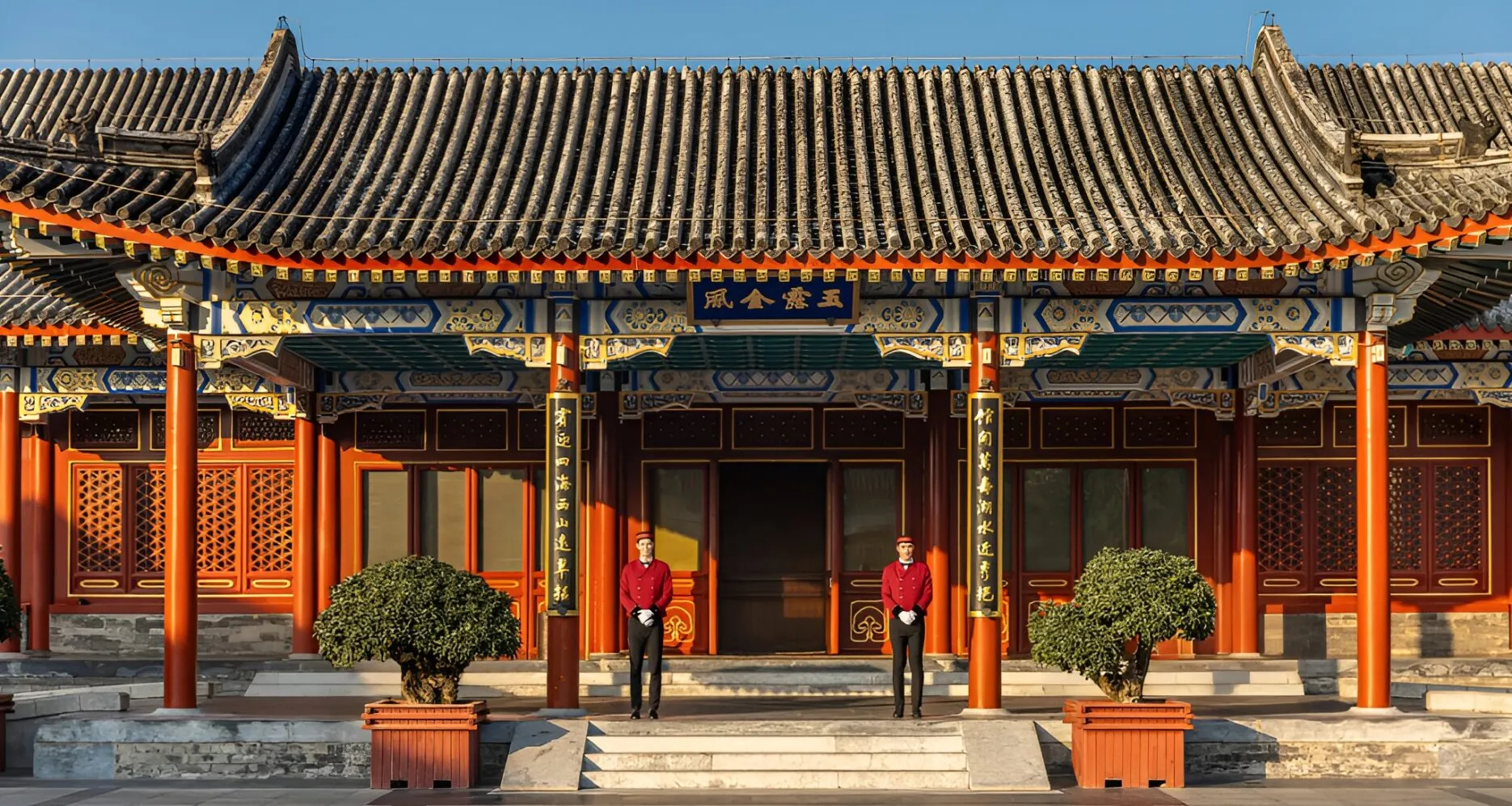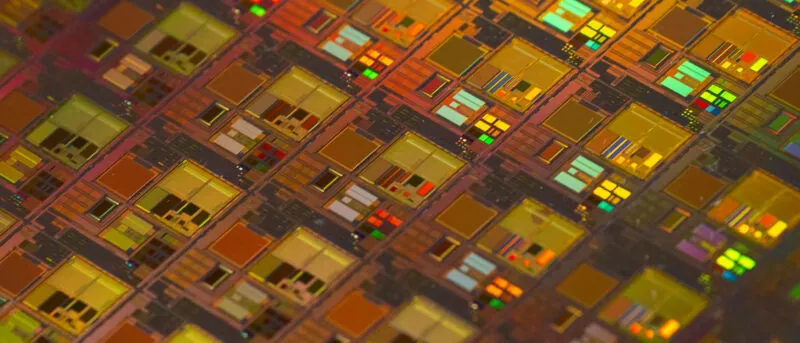Cartier (卡地亚) has unveiled its EN ÉQUILIBRE high-jewellery exhibition in Beijing, bringing more than 480 dazzling creations to the city’s Aman Summer Palace. The show marks the collection’s China debut after its first stop in Stockholm earlier this year.
The Cartier exhibition unfolds across three themed chapters – Colour Fusion, Geometric Rhythm, and Light Composition – each exploring balance through a dialogue of materials, movement and light. Alongside the latest EN ÉQUILIBRE designs, visitors can view high-jewellery watches and pieces from Cartier’s historic archives, assembled to trace the maison’s evolving aesthetic codes.




And equally impressive is the exhibition’s setting: the Aman Summer Palace, a restored Qing-era guesthouse adjoining Beijing’s famed imperial gardens. The backdrop combines modern artistry with centuries-old Chinese elegance and imperial grandeur. Through this smart choice, the location itself becomes part of the storytelling, its courtyards and pavilions echoing the exhibition’s themes of symmetry and poise.
This interplay of place and craftsmanship is no accident. In recent years, Cartier has favoured architecturally and culturally significant venues for major presentations from Paris to Kyoto. Each exhibition then turns into a dialogue between art, history, and contemporary luxury. Their choice in Beijing continues that trajectory as well as playing to the Chinese market.


China remains an important market for Cartier’s high-jewellery business, and the Beijing exhibition underscores both commercial focus and cultural intent. Beyond its role as a display of fine craftsmanship, EN ÉQUILIBRE serves as an immersive brand experience aimed at deepening relationships with Chinese collectors and connoisseurs.
By anchoring its storytelling in spaces that speak to heritage, Cartier reinforces its East-West narrative, one that aligns modern design with the timeless pursuit of equilibrium. In a market where China is increasingly setting trends instead of following them, this kind of cultural sensitivity can go a long way.









